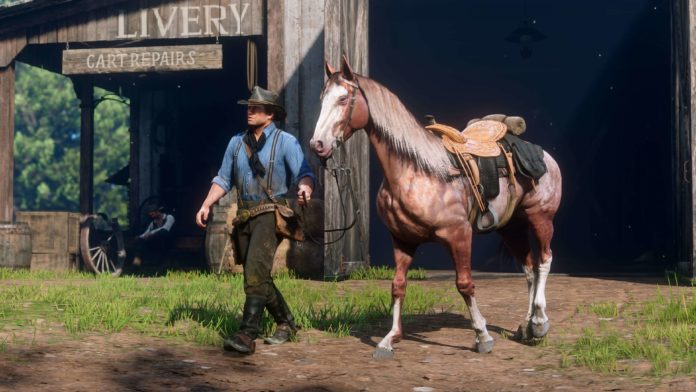Render and save an image. On the Render menu, click Render. In the Render Window, on the File menu, click Save As. If there are textures referred to in the model that are not on your system, a dialog box provides a list of the missing textures.
Additionally, How do you fill color in rhino? Run the Hatch command, go to the Hatch Properties Panel. You can now: Select a fill style (solid, linear/radial reflected or linear/radial wrapped). Repeat the gradient on a fill.
How do I speed up Rhino rendering? Anyway to speed up render:
- In Rhino Options -> Advanced -> type in “cycles” to filter cylces menu.
- In RhinoCycles.tilex & RhinoCycles.tiley change from 128 to something bigger.
Subsequently, How do you reduce noise in rhino render? Select a denoiser and click Download and Install. When the installation finishes, restart Rhino. Render your image and in the Post Effects tab, add and check the Denoiser checkbox once the rendering has finished.
FAQ
What is gamma in Rhino render?
Gamma refers to the power function that is used to correct the image. The Gamma value changes, and therefore corrects the output of the image.
How do you make a 2d color in rhino?
How do you make a hatch in rhino?
How do you fill walls in rhino?
How do you render in rhino6?
How do I speed up VRAY render in rhino? Speed Up Your V-Ray Rendering
- Limit your polycount to minimum as much as possible. …
- If you are using Vray, always proxy the ones with high polycount.
- Don’t put too many subdivisions on your shadows (as much as possible).
- Remove unwanted objects from your scene.
- Don’t use giant resolution textures.
What is VRAY for Rhino?
V-Ray® for Rhino is a 3D rendering software that combines real-time and photoreal rendering into one complete suite of visualization tools. From architecture to product design, it’s everything you need to bring your next design project to life.
What is Raytraced in rhino? The Raytraced display mode sets the viewport to a rendered mode with Cycles, a real-time raytracer. The Raytraced display mode applies Backdrop and Lighting settings from Render properties. The same settings can be found in the Rendering Panel that interacts with the Raytraced viewport.
How do you use Raytraced in rhino?
You can enable the viewport raytracing in the top-left corner of your viewport. Click on the small arrow and toggle the “Raytraced” option. Now that our general settings are set this interior scene begins to look a bit empty we might as well add some actor to the scene.
How do you render a viewport in Rhino?
To change the V-Ray render output, go to Asset Editor > Settings > Render Output and set the Aspect Ratio to Match Viewport. Adjust the image’s Width and Height to match the Aspect’s Width and Height. VPR displays the effectResult channel when Denoiser is active.
How do I increase my tolerance in rhino? Besides creating overly long calculation times, Rhino may even crash. In general you should keep the absolute tolerance setting in the range of 0.01 to 0.0001. And never set it below 1.0e-5. If you need a tighter tolerance, use smaller units instead.
How do you make a2d?
How do I get Make2D to work?
How to Get Make2D to Perform Better
- Make2D doesn’t work with objects behind the camera – so make sure there are none selected for your scene. …
- Hide all objects that are already completely hidden behind others in the scene.
How do you remove hatches in rhino? Remove unwanted hatch patterns from the file with the Purge command. Import a model that contains the hatch pattern definitions (this can be a blank model). Define hatch patterns in the template files. Copy an object with the hatch pattern and paste it into your current model.
How do you make a pattern in rhino?
How do you add a pattern in rhino?
How do you close a gap between surfaces in Rhino?
How do you make walls thicker in rhino?
How do you fill between two surfaces in Rhino?
To fill a gap between two surfaces, such as the one shown on the left in this figure, choose Blend from Rhino’s Surface menu. After selecting the two sets of surface edges, options allow you to specify the shape of the blend surface and its continuity level with the adjacent surfaces.
Don’t forget to share this post !























